Before digital playlists and streaming services, there was pure magic in owning a cassette boombox—a portable universe of sound that represented freedom, creativity, and personal expression. These bulky sound machines were more than just music players; they were cultural icons that defined an entire generation’s relationship with music and technology. Each cassette boombox was a personal statement, a companion that accompanied us through countless memories.
1. The Perfect Mixtape Recording Moment
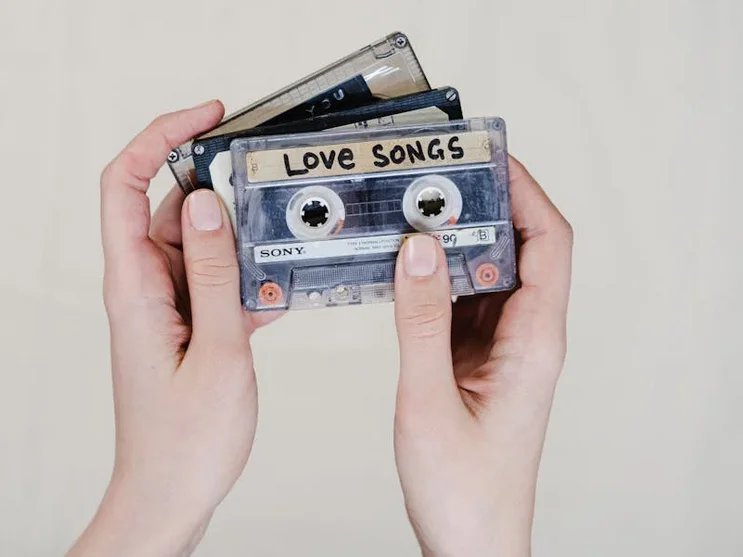
Creating a mixtape was an art form that required absolute concentration and precision. Hovering over the record and play buttons, waiting for the exact moment to capture a song from the radio, felt like performing delicate surgery. The anticipation of capturing that perfect track without the DJ’s voice interrupting was a challenge that separated true boombox masters from amateurs. Records Geek also shines a light on not just the nostalgic aspect but also the sheer artform behind making these perfect tapes.
Mixtapes were love letters, friendship tokens, and personal soundtracks all rolled into one. Each carefully selected song represented hours of listening, timing, and emotional curation. The physical act of recording became a ritual of musical expression that digital playlists could never replicate.
2. Achieving Flawless Pause-Recording Technique
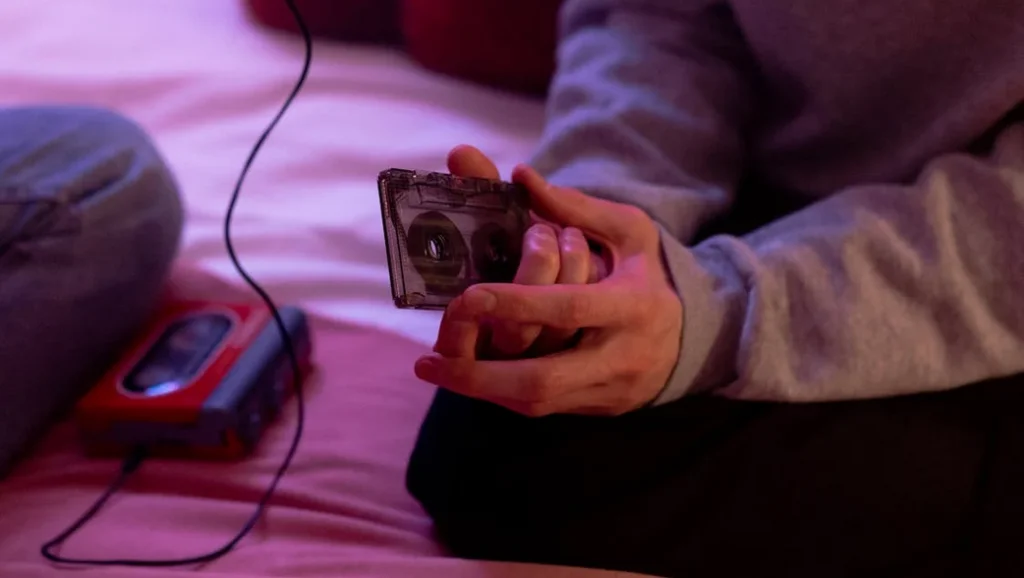
There was an indescribable satisfaction in mastering the pause button during radio recordings. The goal was to create seamless recordings by precisely timing the pause to eliminate commercials and DJ chatter. True boombox experts could create mixtapes that sounded almost like professionally produced compilations. The Conversation has some further insight into handy things to consider when making a mixtape today.
This skill required lightning-fast reflexes and an intimate understanding of one’s specific boombox’s pause button sensitivity. It was a talent that brought immense pride to teenage music enthusiasts. Each successful recording felt like a personal victory against the unpredictable world of radio broadcasting.
3. The Dramatic Rewind and Fast-Forward Dance
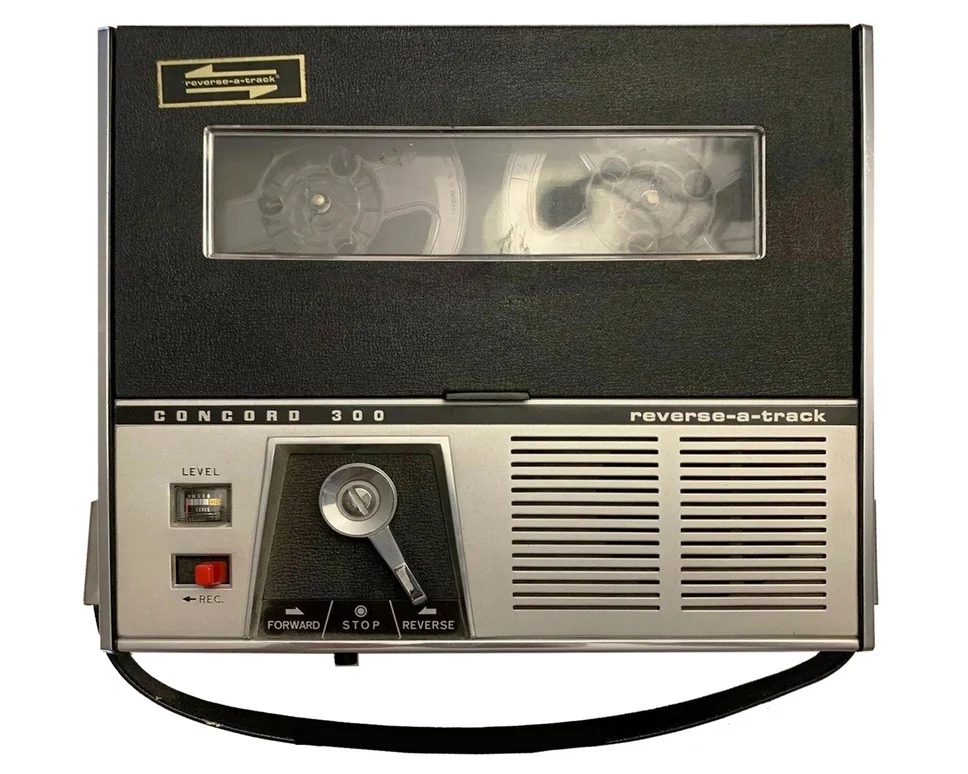
Navigating a cassette tape required a unique physical choreography that modern music listeners will never understand. The careful balance of holding down the rewind or fast-forward button, listening for the perfect moment, and releasing at just the right second was an art form. Overshooting meant rewinding again, creating a delightful mechanical dance with your music device. For how much work they could be, BBC notes, mixtapes have always been abundant sources of joy.
This physical interaction with music made listening an active, engaging experience. The mechanical sounds of spinning tape, the slight resistance of the buttons, and the anticipation of finding the exact song created a sensory experience far beyond clicking a digital screen. Each movement was a personal connection with your music collection.
4. Fixing a Tangled Tape with a Pencil
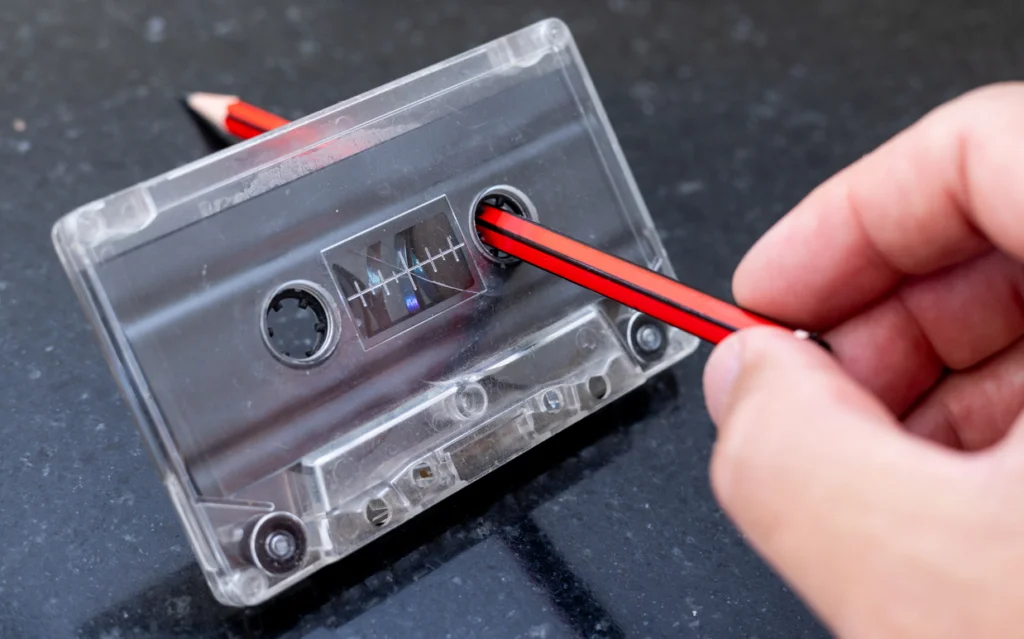
When a cassette tape became tangled—a near-inevitable experience for boombox owners—the rescue mission began with a trusty pencil. Carefully threading the tape back into the cassette, using the pencil to gently wind the magnetic tape, was a delicate operation that required patience and precision. Saving a beloved mixtape felt like performing emergency surgery.
This ritual was a rite of passage for music lovers of the era. The satisfaction of successfully rescuing a seemingly destroyed cassette was unparalleled. It transformed a potential music tragedy into a moment of mechanical triumph.
5. The Ultimate Portable Party Starter
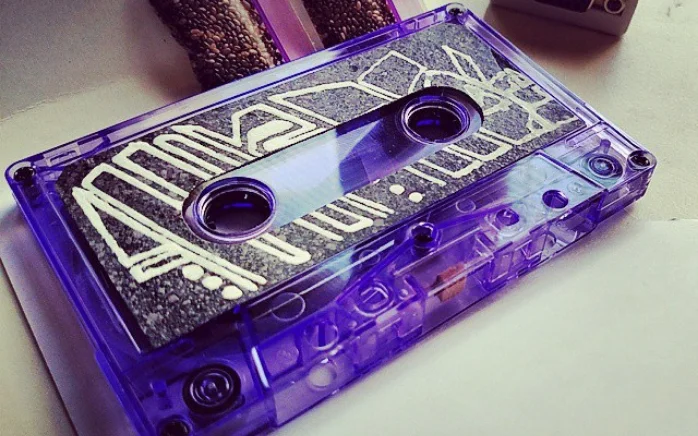
Boomboxes were more than music players—they were mobile party centers that could transform any space into a dance floor. Carrying a boombox meant having the power to create instant atmosphere, whether on a street corner, at the beach, or in a park. The sheer volume and portability were revolutionary for their time.
These sound machines were symbols of cultural rebellion and personal freedom. They represented a generation’s ability to create music spaces anywhere, anytime. The larger the boombox, the more street cred one accumulated.
6. Capturing Radio Countdown Moments
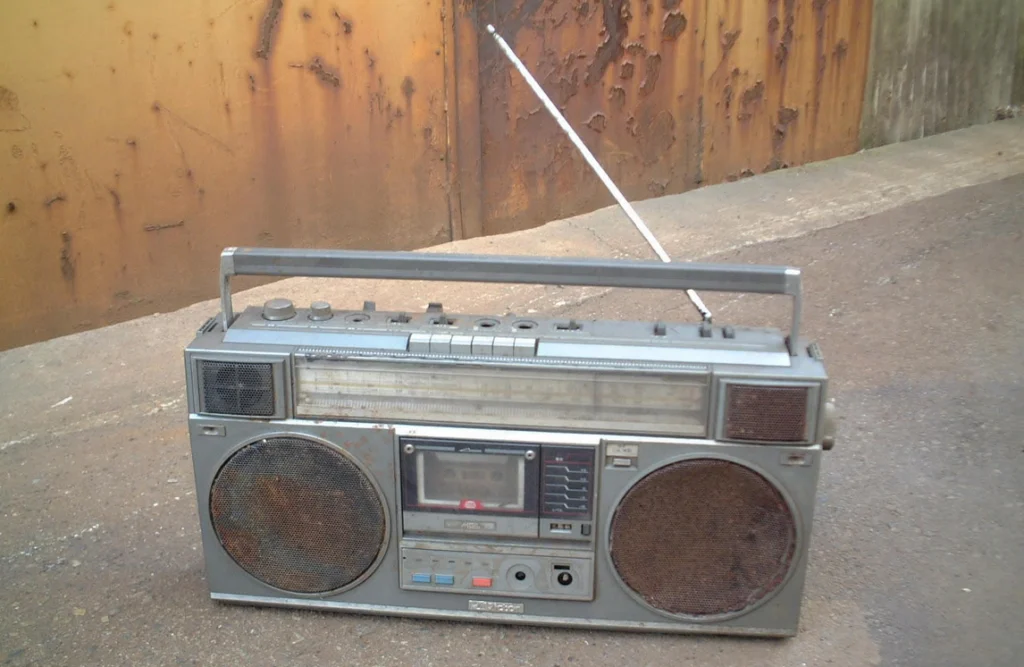
Waiting for the weekly radio countdown was a sacred ritual for music enthusiasts. Boombox in hand, finger hovering over the record button, listeners would sit in anticipation of their favorite songs. Missing the top hit of the week was simply not an option.
These moments were more than just music recording—they were cultural events. The excitement of capturing a brand-new hit song, preserving it for repeated listening, created a sense of musical ownership. Each recorded countdown represented a musical time capsule.
7. Dubbing the Perfect Mixtape for a Crush
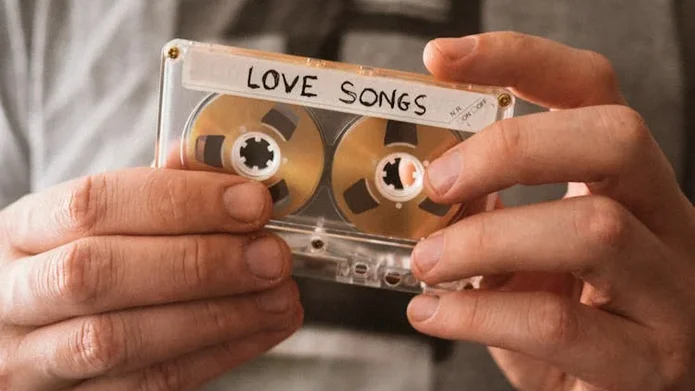
Creating a mixtape for a potential romantic interest was a delicate art of musical communication. Each song was carefully selected to convey emotions too complex for direct conversation. The physical act of dubbing the tape added an extra layer of intimacy to the gesture.
Selecting songs, arranging them in the perfect order, and creating a cohesive musical narrative was an elaborate form of courtship. The mixtape was a personal, handcrafted declaration of feelings that required significant emotional and technical investment. It was romance in its most analog form.
8. The Satisfying Click of a Cassette Insertion
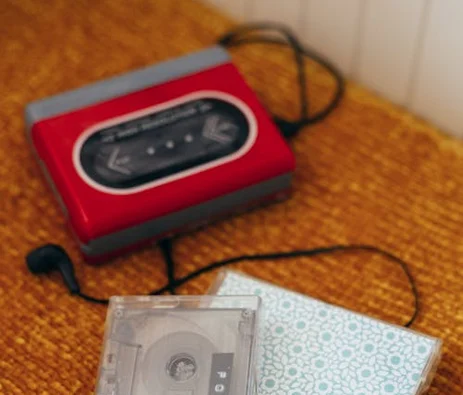
There was an indescribable satisfaction in the precise click of a cassette sliding perfectly into a boombox. The mechanical connection, the slight resistance, and the immediate start of music created a sensory experience that digital interfaces could never replicate. It was a moment of pure mechanical poetry.
This physical interaction made music feel tangible and real. The cassette wasn’t just a medium—it was a physical object that connected listeners directly to their music. Each insertion was a small celebration of technological design.
9. Recording Personal Audio Diaries
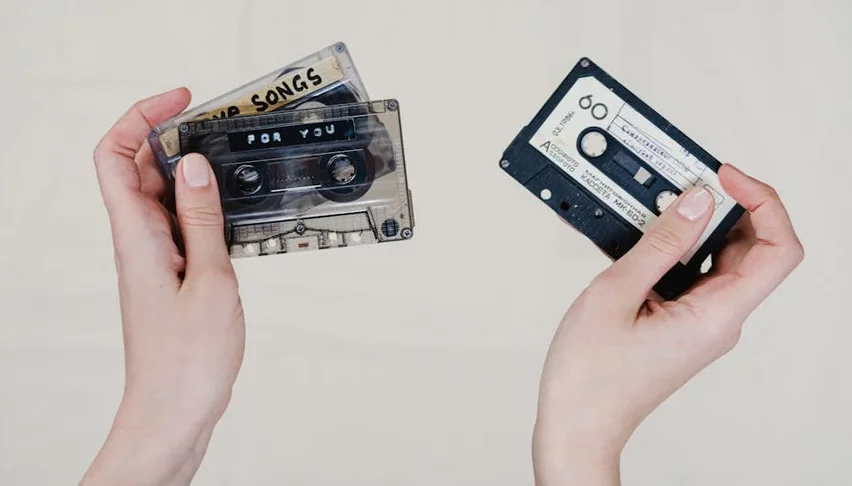
Boomboxes weren’t just for music—they were personal recording studios. Many owners used them to create audio diaries, capturing thoughts, stories, and moments of personal reflection. The ability to record one’s own voice and preserve memories was revolutionary.
These personal recordings became time capsules of individual experiences. Unlike today’s digital recordings, these audio diaries felt more intimate and permanent. They represented a direct, unfiltered connection to personal history.
10. The Art of Manual Volume Control
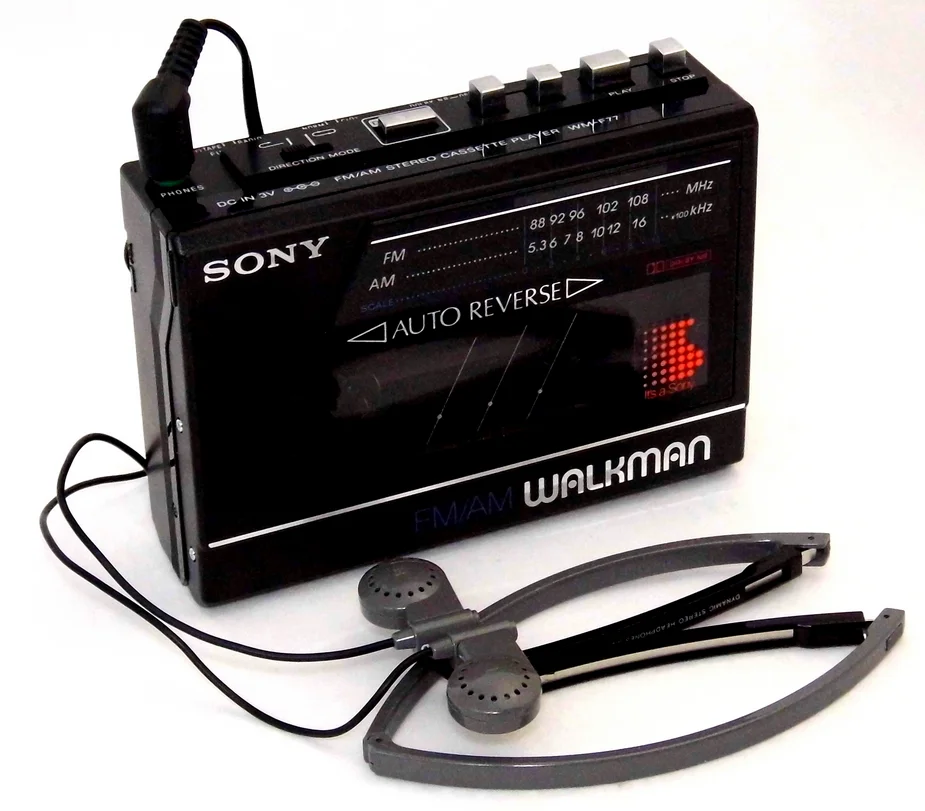
Adjusting volume on a boombox was a nuanced physical experience that required genuine skill. The tactile nature of sliding or turning a volume knob, feeling the resistance, and finding the perfect sound level was an art form. Digital volume controls could never match this sensory experience.
Each boombox had its own unique volume characteristics that owners would intimately understand. The slight crackling, the way the sound would distort at higher volumes—these were personal quirks that made each device unique. Volume control was a form of personal musical expression.
11. Battling Battery Limitations
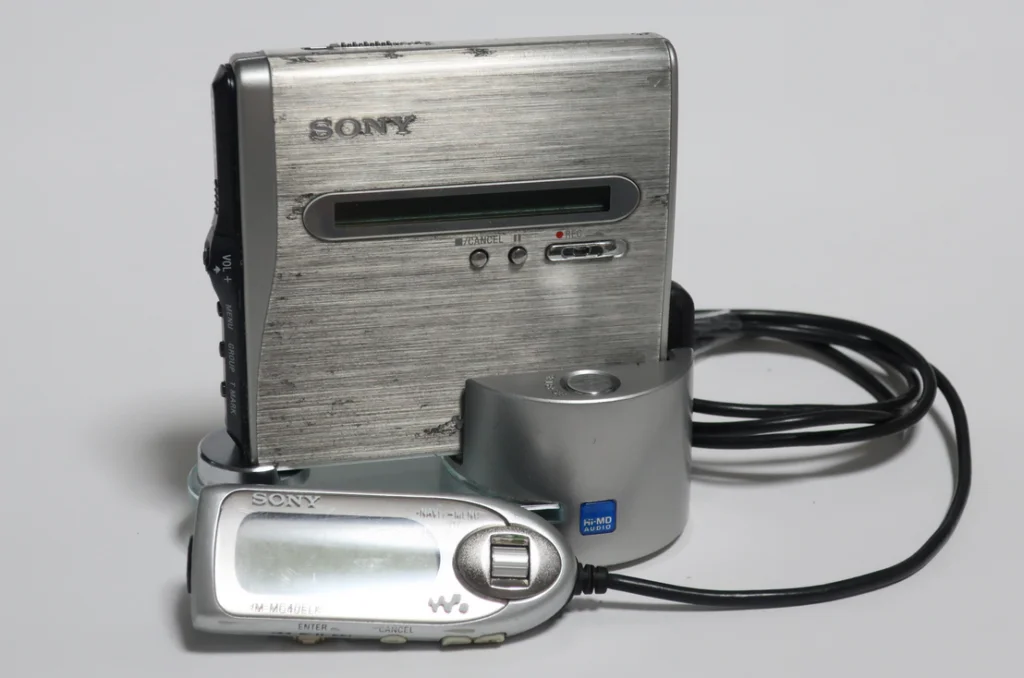
Keeping a boombox powered was a constant adventure that required strategic planning. Carrying extra batteries, understanding which brands lasted longest, and the art of conserving power became essential skills. It was a technological challenge that made music listening feel like an active pursuit.
The limitations forced creativity and resourcefulness. Finding power sources, negotiating battery sharing, and developing power conservation techniques were part of the boombox owner’s lifestyle. These challenges made music listening feel like a true adventure.
12. Creating Spontaneous Street Performances
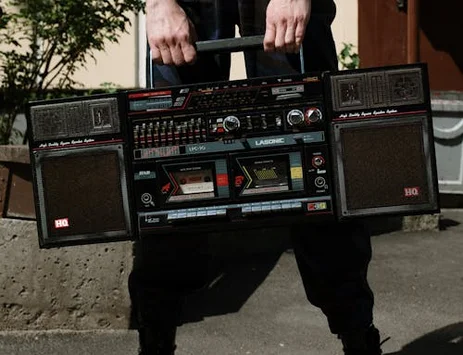
Boomboxes transformed public spaces into impromptu concert venues. Whether breakdancing, practicing choreography, or just sharing music with friends, these devices were instruments of public musical expression. They turned city streets and parks into stages of cultural creativity.
Each public performance was a moment of collective musical experience. The boombox wasn’t just a device—it was a tool for community building and cultural exchange. Music became a shared, physical experience that transcended individual listening.
13. The Inevitable Emotional Attachment
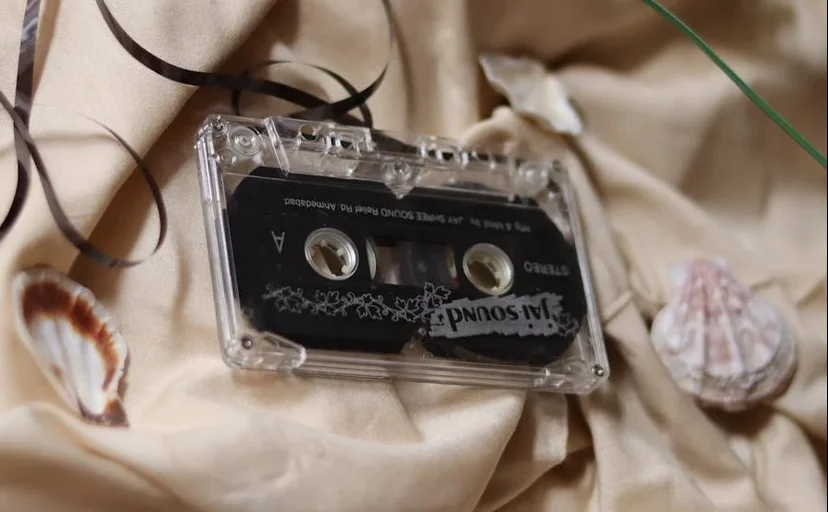
Every boombox owner developed an inexplicable emotional connection with their device. These weren’t just music players—they were companions that documented personal journeys, preserved memories, and facilitated countless social interactions. Each scratch, dent, and worn button told a story.
The boombox was more than technology—it was a repository of personal and cultural memories. It represented a time when music was a physical, shareable experience that required skill, patience, and personal investment. These devices were true cultural artifacts.
Cassette boomboxes were more than just music players—they were portals to personal and cultural memories. They represented a time when technology was tactile, music was a deliberate experience, and personal expression required genuine effort and creativity.
More than mere devices, boomboxes were companions that documented our musical journeys, preserved our most intimate moments, and connected us to a world of sound in ways that today’s digital technologies can only dream of capturing.


